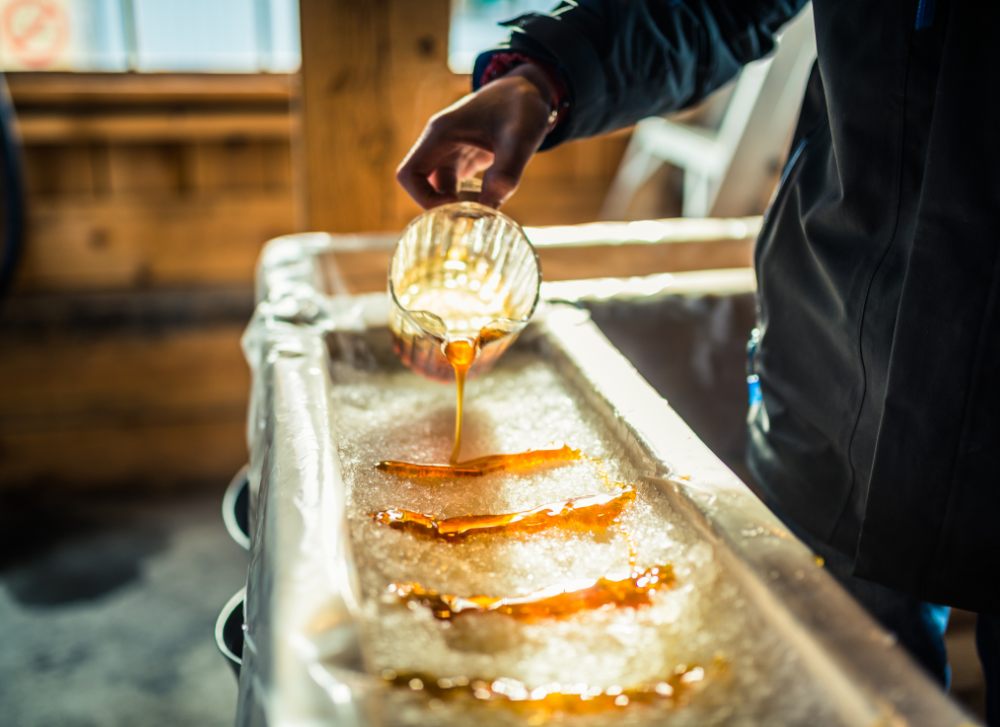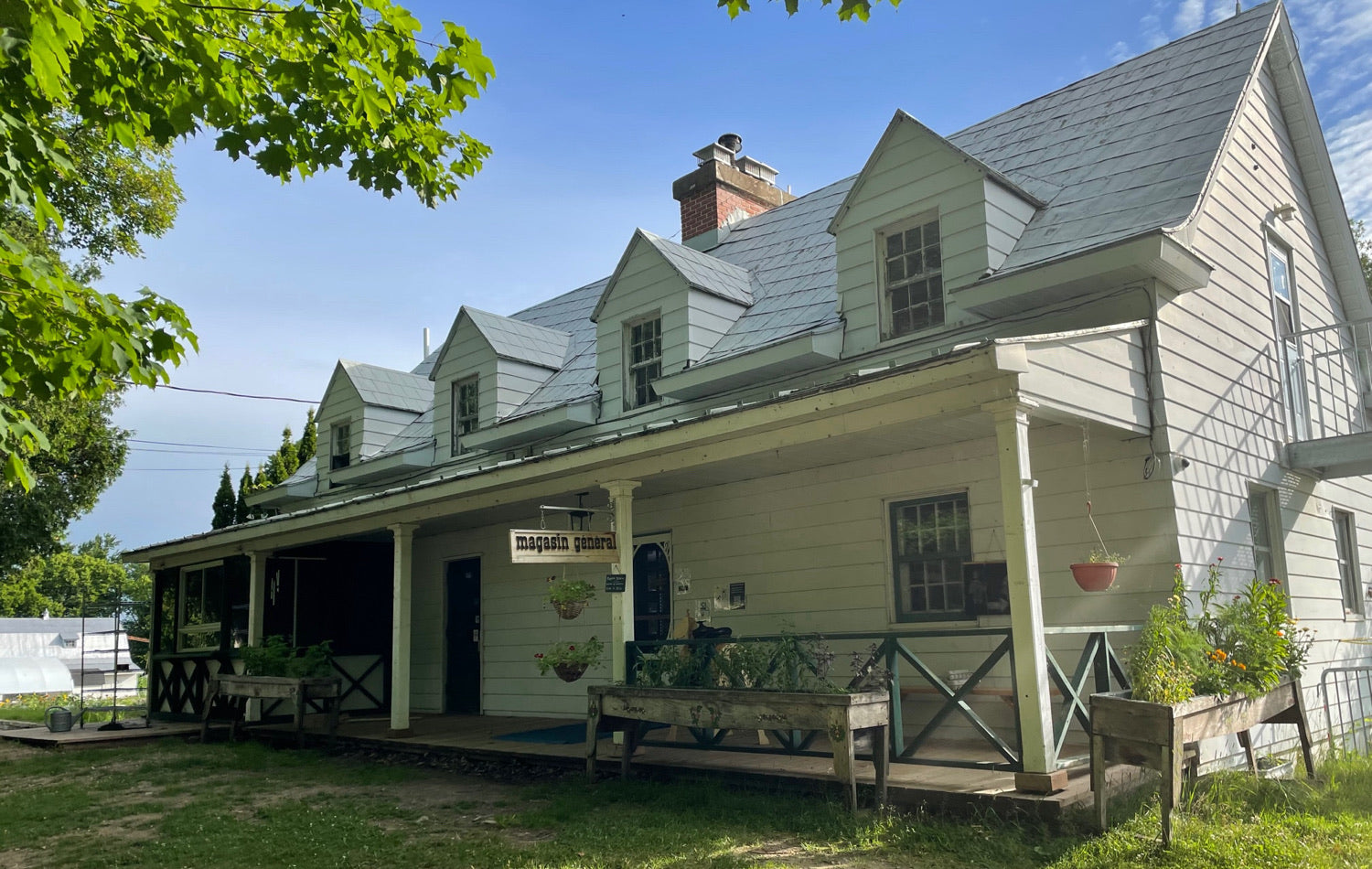Quebec, with its northern climate and vast agricultural lands, offers fertile ground for the development of emerging crops.
In recent years, we have seen the emergence of more and more different and interesting cultures, which have certainly piqued the curiosity of Quebec consumers!
These new crops offer both agronomic and nutritional advantages, making them promising options for the future of Quebec agriculture.
Discover three emerging crops that have a promising future in Quebec: sea buckthorn, haskap berry, and camelina.
The arrival of sea buckthorn in Quebec
Sea buckthorn, sometimes known as Siberian olive, is a thorny shrub native to northern Europe and Asia. Sea buckthorn was introduced to Quebec in the early 1990s and quickly adapted to the province's climatic conditions.
THE sea buckthorn berries They may be small in size, but they are no less nutritious! They are rich in vitamins, minerals, and antioxidants. A favorite among the next generation of chefs, sea buckthorn berries are often used in juices, jams, syrups, vinegars, desserts, and even teas and herbal teas.
Sea buckthorn also has attractive qualities for farmers, as it is resistant to diseases and pests, and can grow in poorer soils. These qualities help it remain resilient during Quebec's harsh seasonal cycles.
The haskap, a small fruit with bite
Native to North America in particular, the haskap berry was rediscovered in Quebec in the 1970s. It is distinguished by its dark blue color, its oblong shape and its sweet and tangy flavor.
Like sea buckthorn, haskap berries are rich in antioxidants, vitamins, and minerals, giving them valuable nutritional properties. They can be eaten fresh, but they are also used to make jams, jellies, syrups, and sometimes even alcohol.
Quebec farmers are increasingly attracted to haskap berry production due to its hardiness and ability to adapt to Quebec's diverse regions. Furthermore, this emerging crop requires few fertilizers and pesticides, making it attractive from an agronomic perspective.
The haskap berry opens new perspectives in the field of agriculture in Quebec, thus contributing to the diversification of crops and the development of the local food industry.
Camelina, the future of oil production in Quebec
Perhaps you've also recently heard of camelina. This food, native to Eastern Europe, has been cultivated for centuries for its oil-rich seeds.
Camelina seeds contain a high amount of omega-3 fatty acids, antioxidants and vitamins, making them a valuable ingredient for human and animal nutrition.
In addition, camelina has interesting agronomic advantages, as it requires little fertilizer and pesticide use, and it can be grown in rotation with other crops, which helps improve soil health.
In Quebec, camelina has gained popularity in recent years due to its resistance to northern climates. So much so that in January 2023,Signé Caméline 's virgin camelina oil won first prize at the Salon international de la restauration, de l'hôtellerie et de l'alimentation (SIRHA) Innovation Lyon – Bocuse d'Or competition, a highly prestigious gastronomic competition.
Sea buckthorn, haskap, and camelina are just a few examples of the many emerging crops making their mark in Quebec. And climate change will undoubtedly bring even more. Who knows in a few years what foods will appear in Quebec fields?






